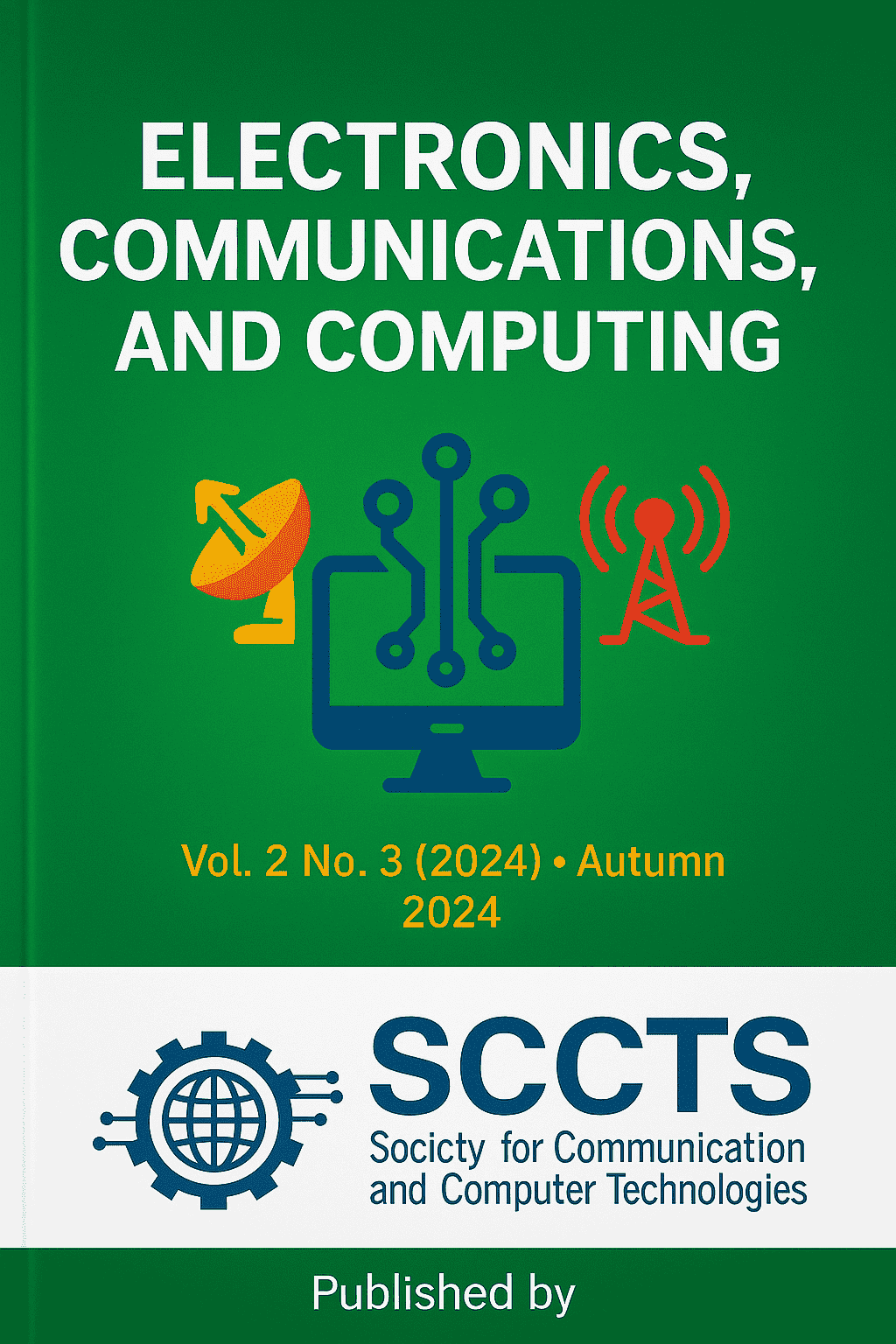Low-Complexity Deep Learning Architectures for Robust Signal Detection in Massive MIMO Systems
Keywords:
Massive MIMO, Signal Detection, Deep Learning, Low-Complexity Neural Networks, Real-Time Inference, Wireless Communication, Edge AI, Neural Network-based DetectionAbstract
The use of Multiple-Input Multiple-Output (MIMO) systems with large number of inputs or outputs, i.e. Massive MIMO (M-MIMO or Massive MIMO), is a core technology that enables the next generation wireless networks, which provide significant spectral efficiency and spatial multiplexing gains. Nevertheless, the high-dimensional signal detection problem that goes along suggests way too severe computational expenses specifically in terms of real-time deployment or deployment at the edges. The proposed paper proposes a package of low-complexity deep learning architectures to detect challenging signals within the big MIMO settings by meeting the strict hardware constraints of the same. We present tractable versions of Convolutional Neural Networks (CNNs), Recurrent Neural Networks (RNNs) as well as CNN-RNN hybrids, optimized to trade off detection accuracy performance against minimized computational overhead. These models are trained with symbol constellations distorted by a progressively different level of noise per channel together with both Rayleigh fading conditions and spatially correlated Rayleigh fading scenarios and at different Signal-to-Noise Ratio (SNR) levels.It is seen through extensive simulations that the proposed architectures substantially improve over traditional linear detecting models like Zero-Forcing (ZF) and Minimum Mean Square Error (MMSE) in terms of Bit Error Rate (BER) and the best performing (HybridNet) performs more than 85 percent reduction in BER over In addition, the models are highly scalable to various antenna array setups and they are not complex enough so that they would be applicable to real-time anchoring of edge signaling, which is the goal of 5G and future 6G networks. All in all, the work demonstrates a viable route to incorporating deep learning-based detection in massive MIMO receivers in terms of improved performance and not at a prohibitive computational cost.



